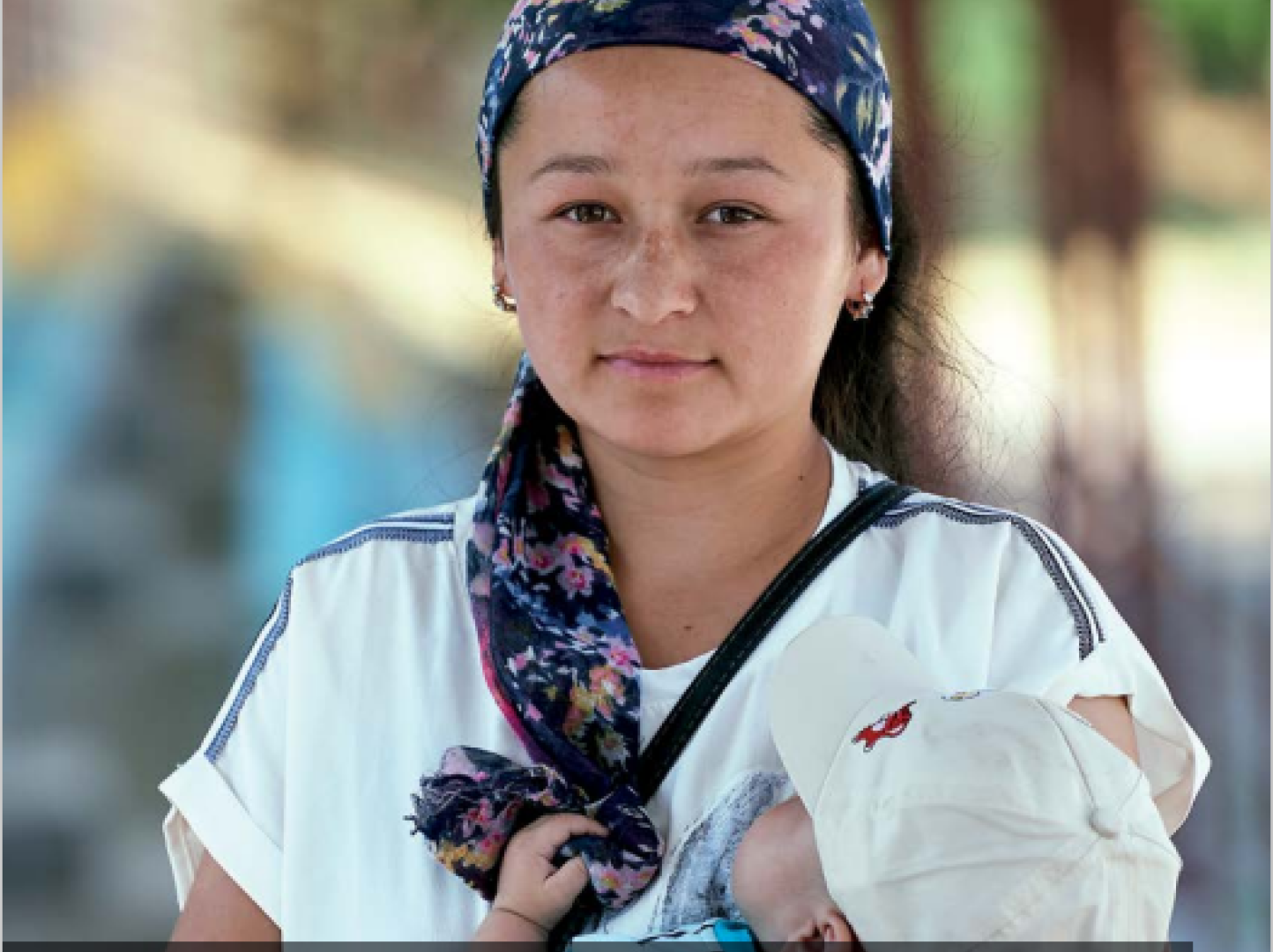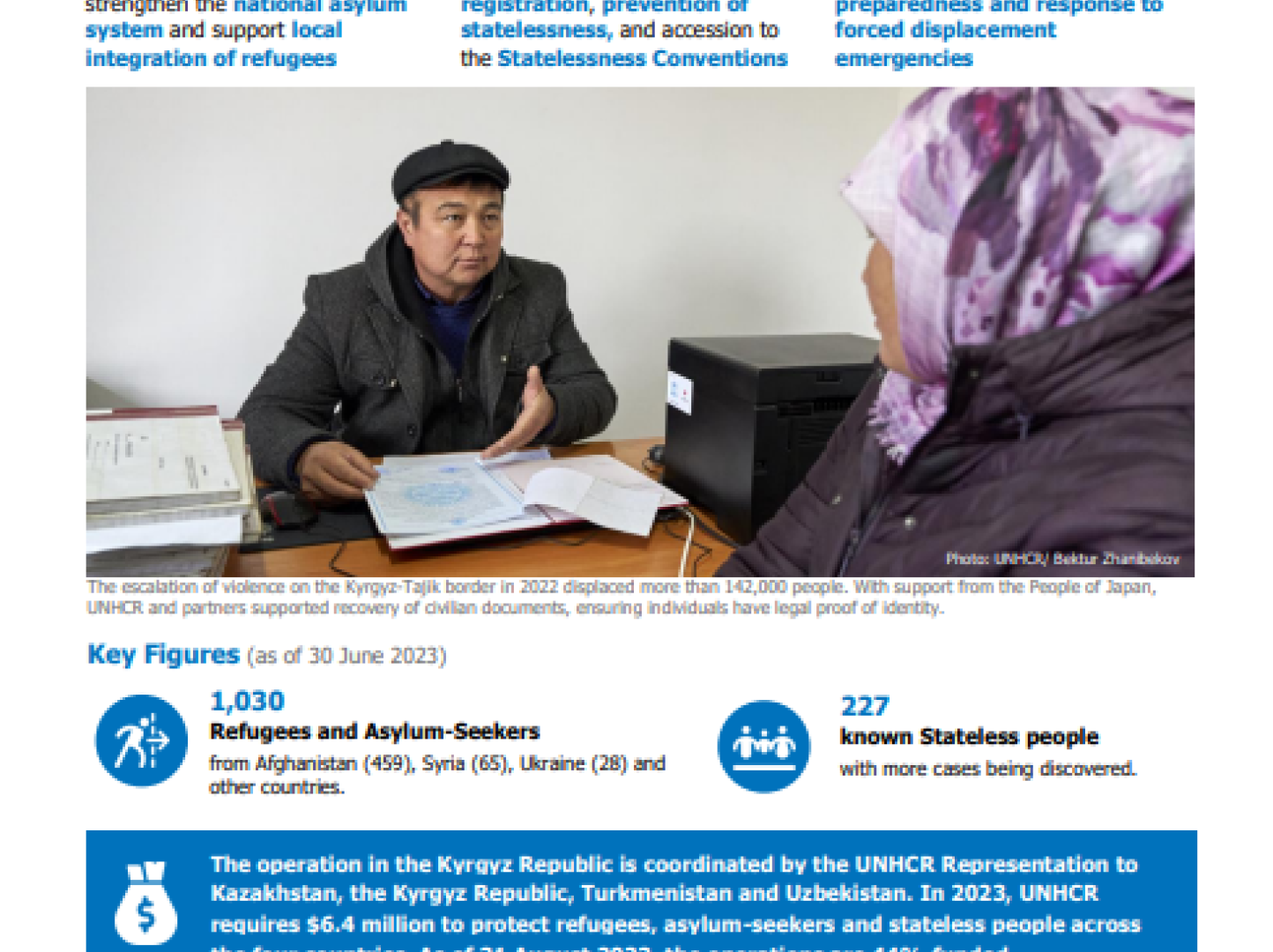UNECE Smart Sustainable Cities Profile: Bishkek, Kyrgyzstan

Bishkek is the capital and central socio-economic, political and cultural hub of the Kyrgyz Republic. The city has a population of over 1 million inhabitants - over 15 per cent of the country’s population. Since gaining independence from the Soviet Union in 1991, Bishkek has been undergoing rapid urban development contributing a large share to the country’s rural to urban migration. In the last 20 years, the city grew by over 250,000 people. While the city’s overall economic situation improved in recent years, urban planning lagged. Furthermore, political instability1 negatively affected the ability of institutions to design and implement long term and integrated urban policy, as well as the city’s ability to attract investment.
Today, urban decision makers in Bishkek face multiple challenges, ranging from enhancing the city’s ability to respond to urban challenges such as rapid population growth, continued expansion of informal settlements, deterioration of the environment and impacts to human health, and a stagnating local budget. With 400,000 people forecasted to move to Bishkek over the next 15 years, urban decision makers are at an urban development crossroad to either step up the delivery of inclusive and sustainable infrastructure and seize the benefits of urbanization or face increasing economic, social and environmental costs.
The COVID-19 pandemic and ensuing economic recession impacted all sectors, putting a spotlight on some longstanding social and economic challenges in Bishkek. Nevertheless, Bishkek has a high potential to turn urban social and economic challenges into sustainable development opportunities. To support Bishkek in advancing towards a more sustainable, inclusive and resilient urban growth, UNECE carried out an evaluation of the city’s performance against the Key Performance Indicators (KPIs) for Smart Sustainable Cities (SSC).
This paper is published at a critical time since Bishkek is currently designing a new master plan from 2025. The outcomes of the evaluation, supported by a review of the documentary data sources, interviews and feedback sessions with local experts provided the basis for the recommendations.



















